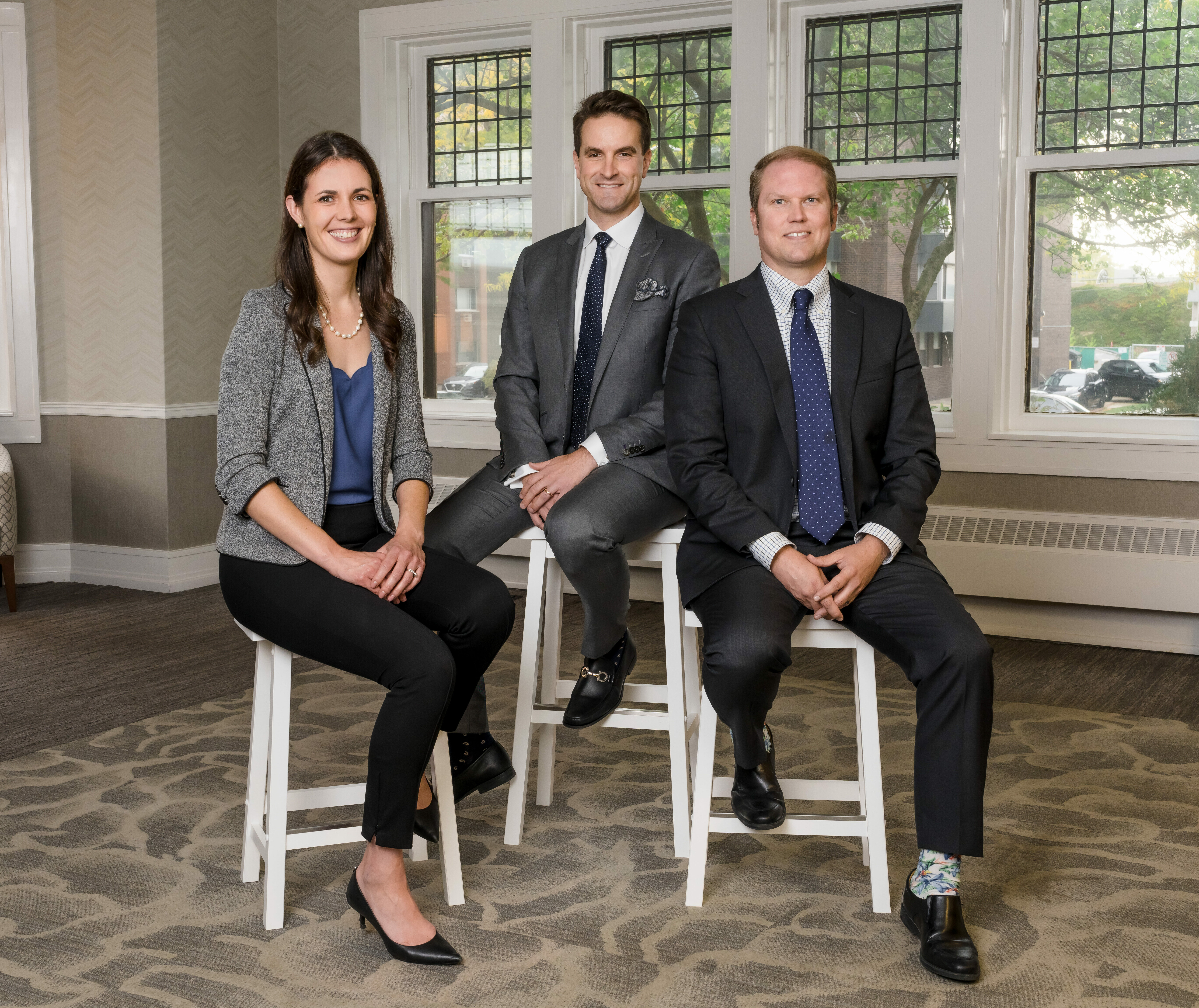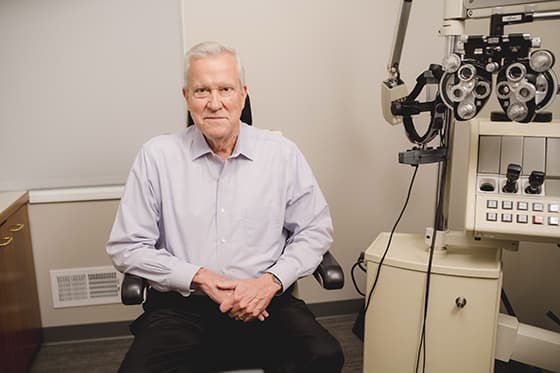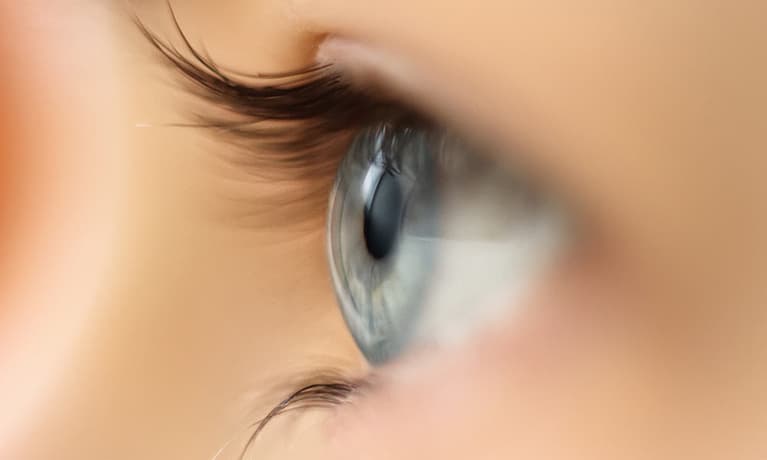
The two most common symptoms of a cataract are blurry vision and seeing glare and halos around lights at night. In most people, cataracts develop so slowly that they may not realize how affected their vision has become. Many times, patients come into the office expecting to receive a new prescription for eyeglasses, only to find out that new glasses can no longer correct their vision to its fullest potential.
When your lifestyle and activities are affected by cataracts, and eyeglasses can no longer correct these problems, it may be time to have them treated. Cataracts can make it more difficult to read a book, drive at night, see road signs clearly, read a sports score on television, thread a needle, or follow the flight of your golf ball.
What is a Cataract?
A cataract occurs when the natural lens inside the eye becomes cloudy. This process is painless and usually occurs as a result of the normal aging process.

Normally, light passes through a clear lens and is focused onto the retina. A cataract or cloudy lens blocks the passage of light through the eye, causing distorted or blurred vision. Vision through eyes with cataracts can be described as looking through a foggy window or piece of wax paper.
The most common form of a cataract is age-related, usually starting after age 50, but sometimes they can begin at a younger age. Even though a cataract begins to form in your 50’s, vision problems may not occur until much later. The development of a cataract is usually very gradual but can occasionally occur rapidly. Ninety percent (90%) of people 70 years and older have cataracts.
Symptoms of cataract include:

- Blurry vision
- Glare from car headlights
- Sensitivity to sunlight
- Difficulty reading street signs
- Poor night vision
- Frequent changes in your eyeglass prescription
- Needing brighter light to read
- Difficulty reading small print or the newspaper
- Changes in the way you see colors or colors seem faded
- Difficulty seeing details on the television
Treatment
During cataract surgery, your doctor will remove your clouded lens and replace it with an intraocular lens, or IOL for short. This is a very common outpatient procedure — and a wonderful opportunity to find the vision that fits your life. Cataract surgery also allows us to address some other visual conditions without an additional procedure. These include presbyopia and astigmatism.
With recent advances in cataract surgery, equipment, and technique, vision can be restored more safely and faster, allowing patients to resume normal activity within hours after surgery. Using this state-of-the-art techniques, cataract surgery has a success rate greater than 98%.
The surgeons at Milwaukee Eye Care treat all types of cataracts, including:
- Age-Related (the most common)
- Traumatic
- Congenital (present since birth)
- Juvenile
- Medication induced – steroids (cortisone)
At Milwaukee Eye Care, our cataract surgeons are equipped with the latest techniques and technology, providing you with the most modern and effective treatments available. Discover how we can provide you with the best care and explore our advanced treatment options today.
Laser Cataract Surgery Lifestyle Cataract Lens Implants Quick Recovery Cataract Surgery
To schedule an appointment for a cataract evaluation, please call our Milwaukee office at 414-271-2020.










